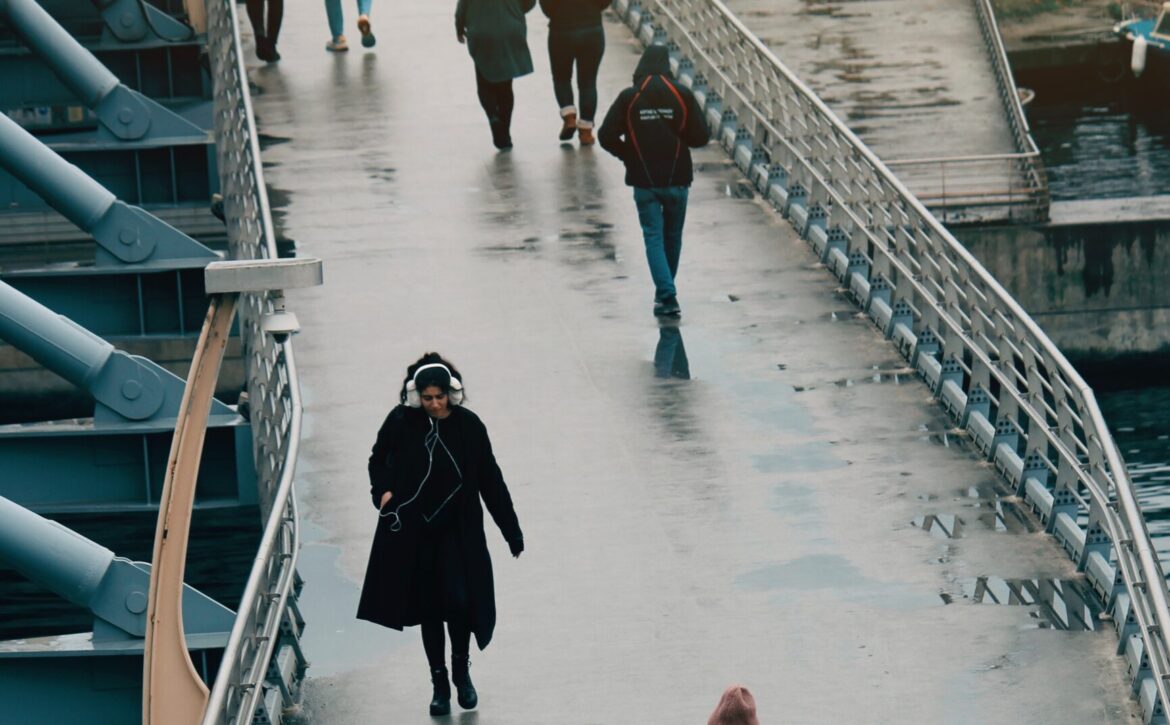A limited traffic zone would restrict most vehicles from entering the central arrondissements by 2022
Paris Mayor Anne Hidalgo’s crusade against air and noise pollution plaguing the French capital took a fresh turn on Wednesday, when she unveiled ambitious plans to pedestrianise the historic centre of the city by 2022.
Ban on through traffic, limited vehicle access
The plan envisages introducing a Limited Traffic Zone (LTZ) where most vehicles, including all transiting cars, would be denied entry. The proposed zone would encompass the four central arrondissements (administrative districts) and part of the 5th, 6th and 7th arrondissements.
Public consultations have now been launched and residents’ feedback is deemed crucial to fine-tuning the project. Parisians can help define the LTZ contours, specify the categories of vehicles authorized to enter the zone, or even identify the streets that should be paid special attention to.
The Limited Traffic Zone is a tool employed by several large European cities such as Madrid, Milan, or Rome to reduce the flow of vehicles in the city center. This system makes it possible to reserve the road for pedestrians, bicycles, public transport, and certain categories of users (residents, delivery men, artisans, etc.). On the other hand, traffic is generally prohibited.
“Embellish your neighbourhood”
In parallel with this project, the City of Paris has initiated the “Embellish your neighbourhood” approach to transform the spaces of daily significance to locals. More greening, pedestrian areas, cycle paths, or even furniture adapted to new uses could be installed following consultation initiatives at the district level.
Green crusader
Mayor Anne Hidalgo has made improving air quality and reducing noise pollution a centrepiece of her agenda, recalls thelocal.fr. Her administration has already banned old diesel cars, pedestrianized the quays of the River Seine and launched a car-free scheme called “Paris respire” (“Paris breathes”), which sees certain districts made pedestrian-only on Sundays.
Air pollution levels in Paris actually declined by 20-30 percent during last year’s three-month hard lockdown. When the city reopened, 50 km of coronapistes (coronavirus cycle lanes) were built as a provisional measure, and later made permanent.
The Mayor’s green ambitions gained her many friends, and quite a few foes. The new plan to pedestrianise the city centre was generally lauded by downtown residents, outdoor eateries and shops which see busy car traffic as detrimental to their living and business. Opponents, however, view her transformation of Paris as chaotic, claiming hundreds of inexperienced cyclists and electric scooter riders are wreaking havoc on the city streets.
Article taken from https://www.themayor.eu/en




